Pilea peperomioides
Pilea peperomioides
Low stock: 4 left
I personally produced these plants from cuttings.
The plant comes with a plastic growing pot and with the professional, draining and high quality substrate . Available in multiple sizes based on the diameter of the pot, see options.
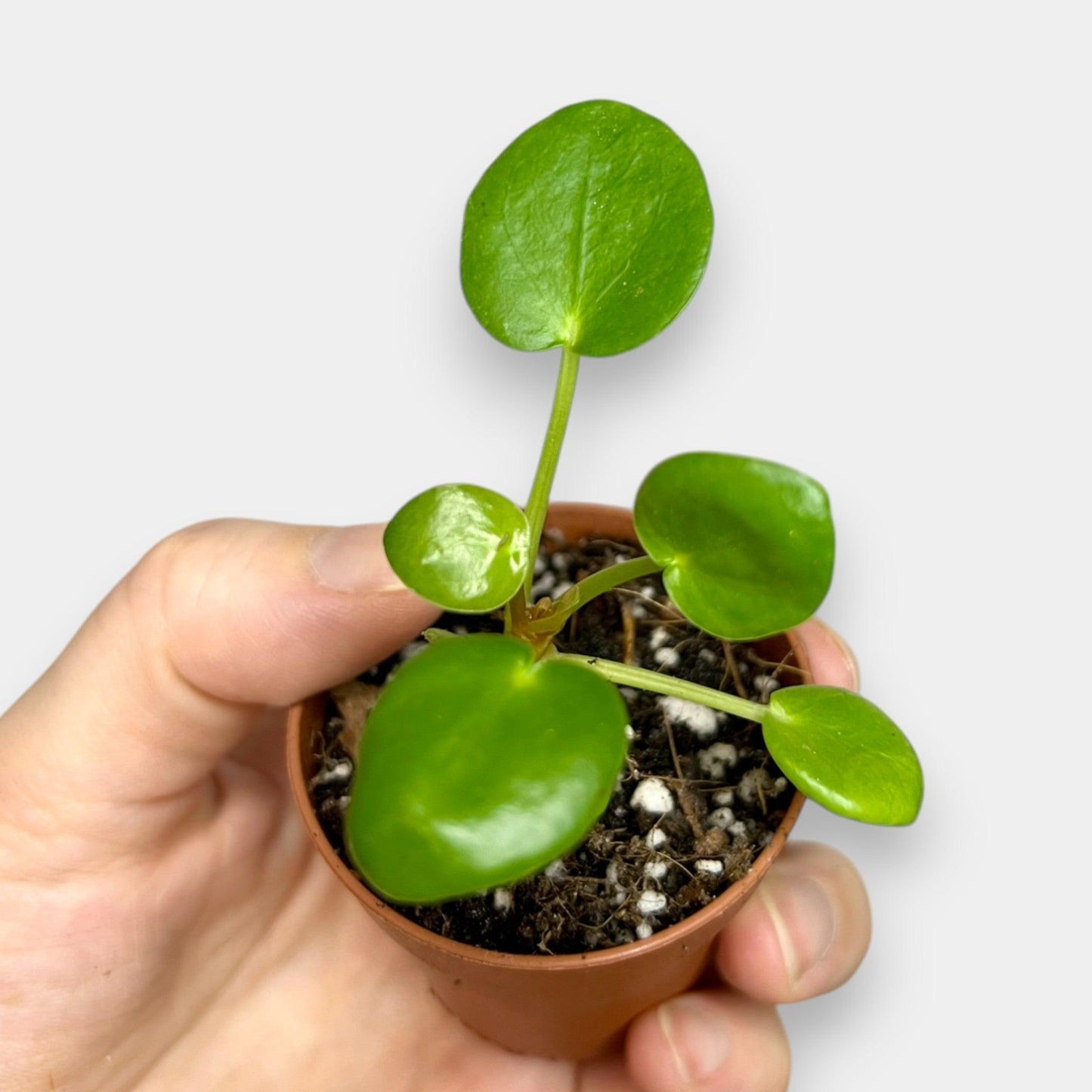
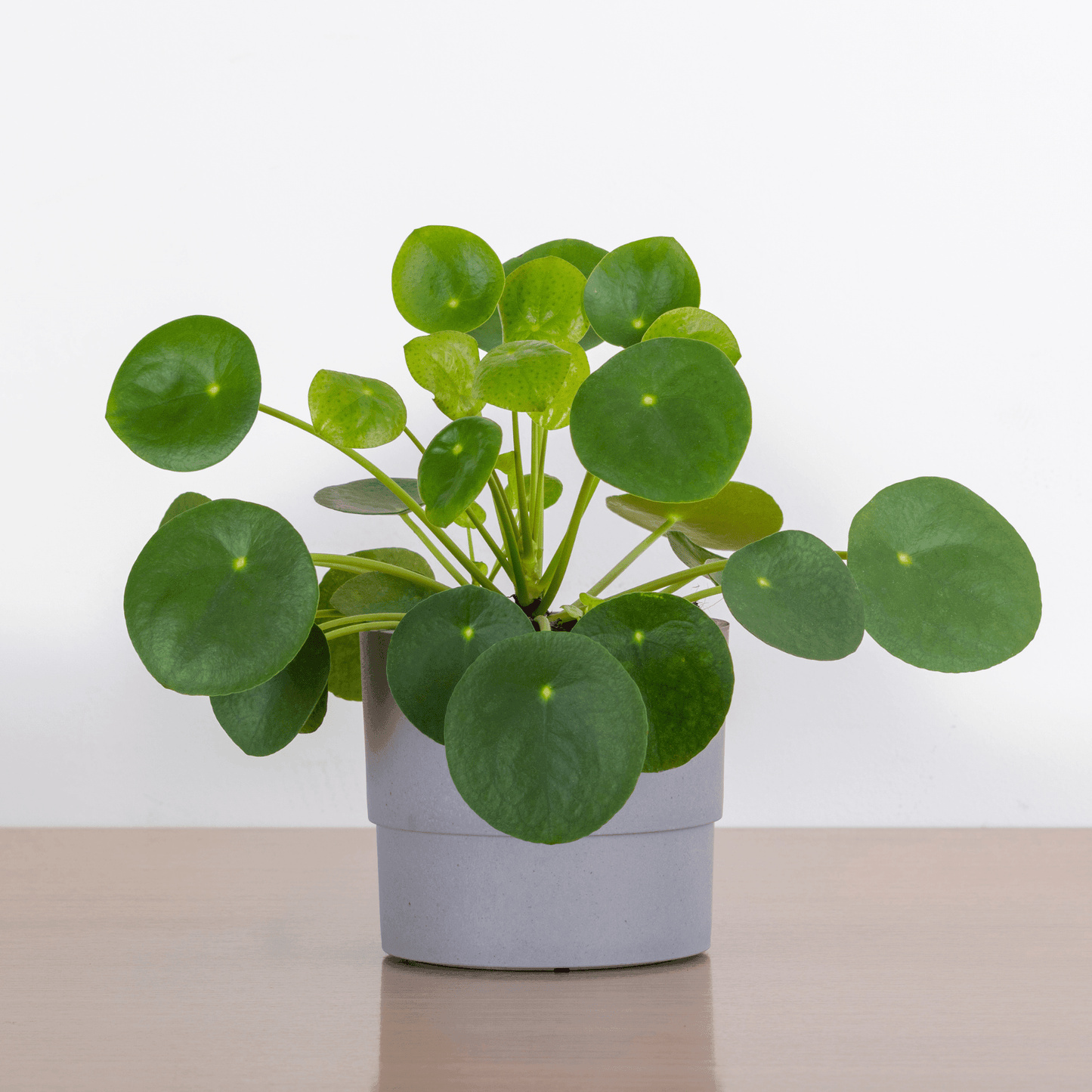
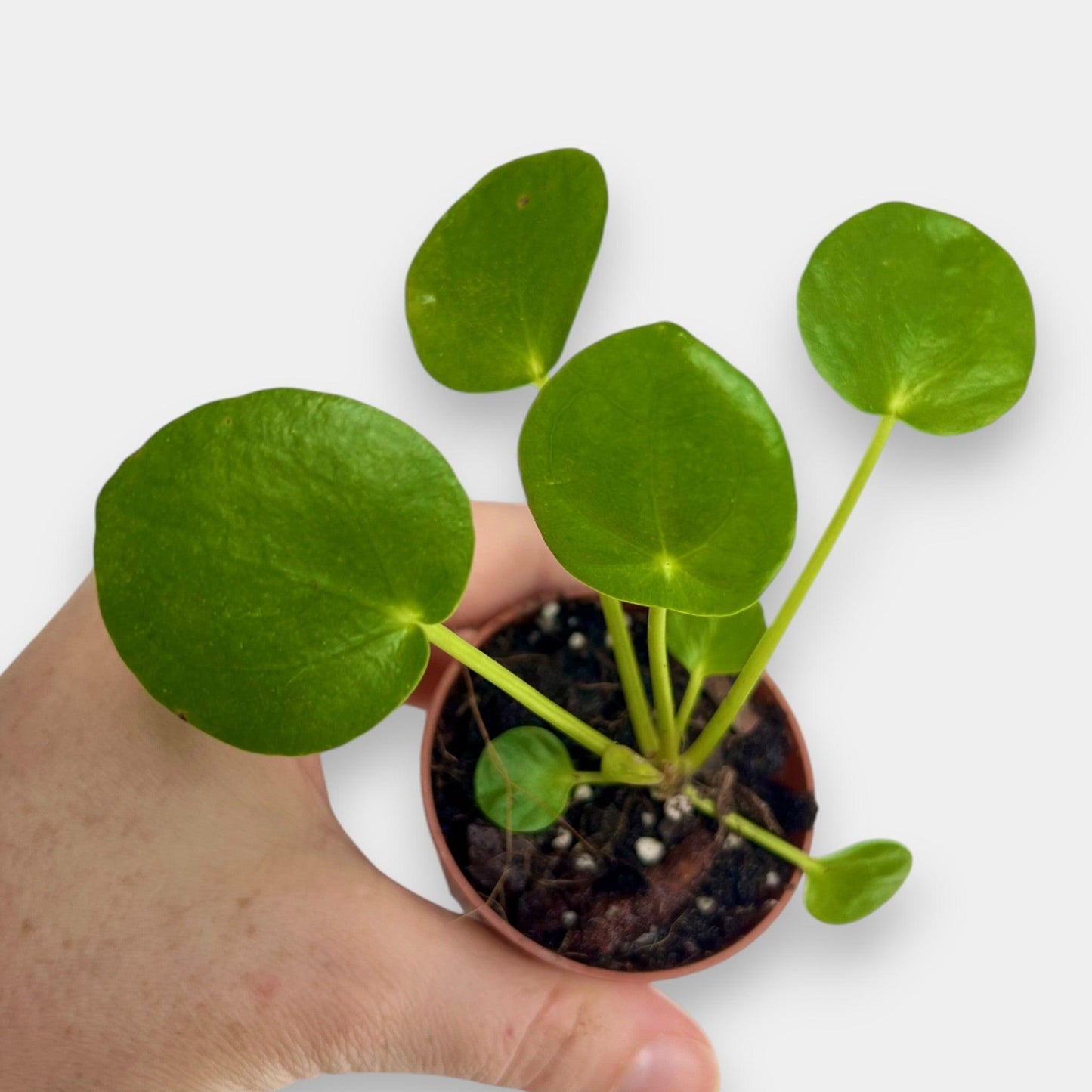
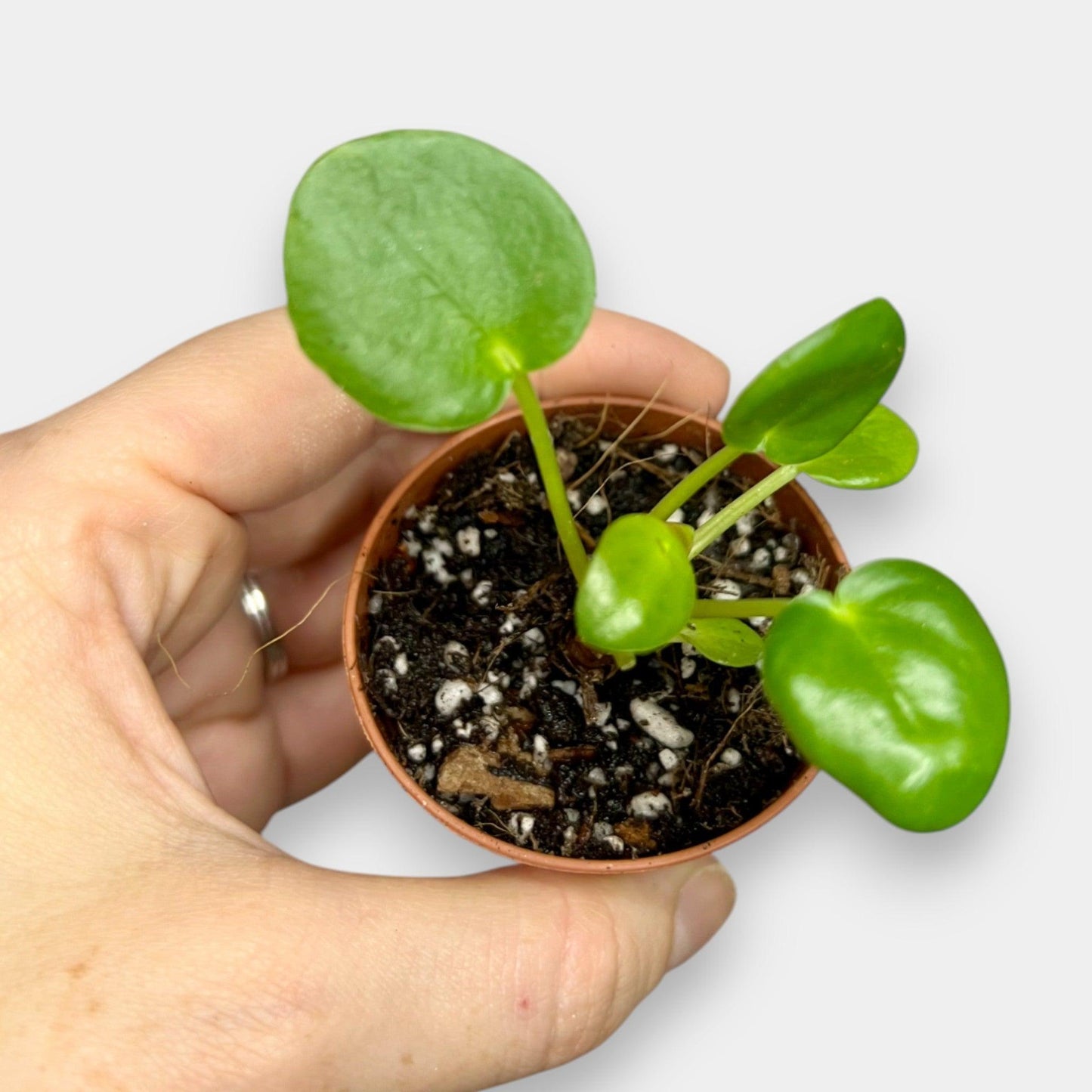
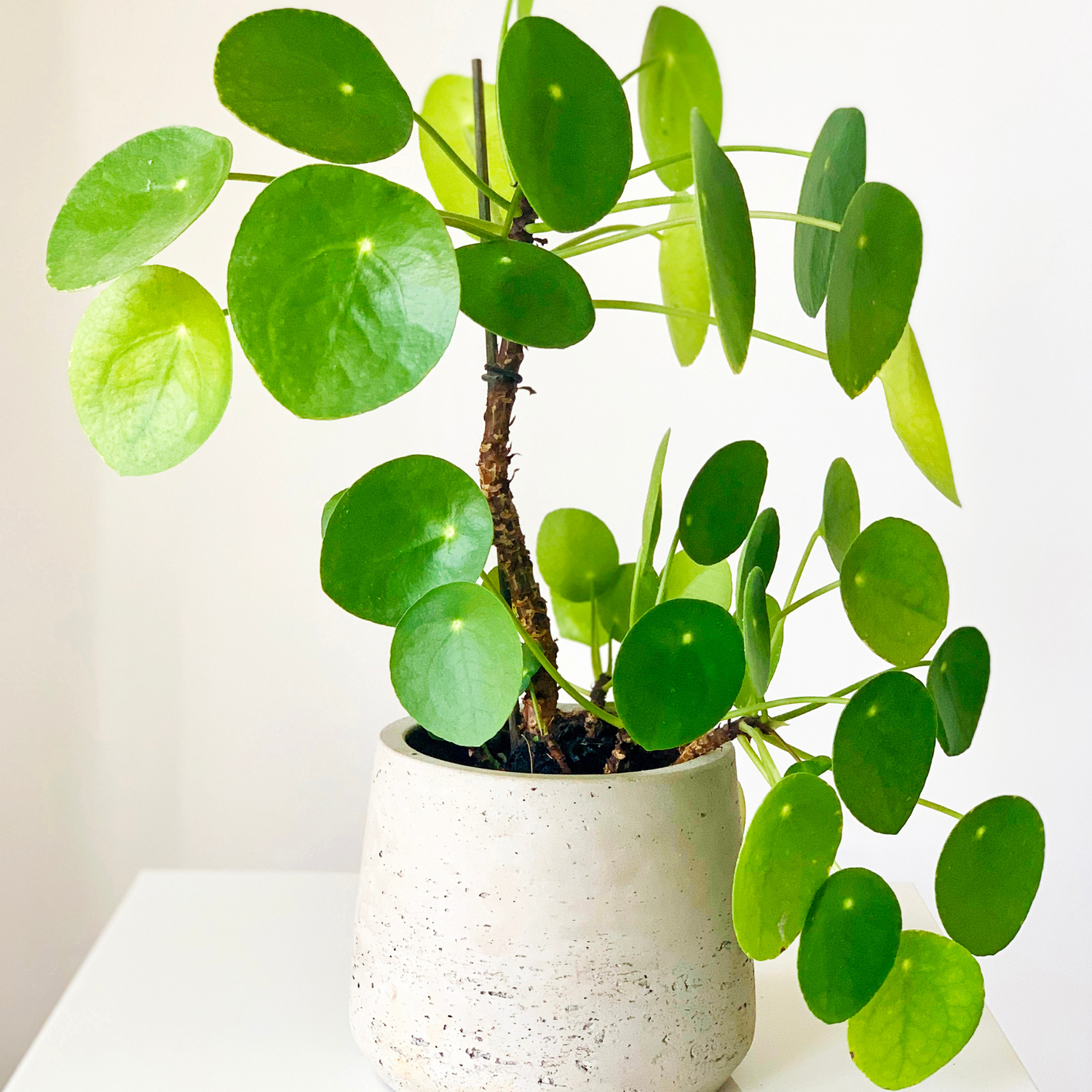
Pilea peperomioides , in addition to its botanical name, is also commonly known as the "Coin Plant" or "Pilea Peperomia" . It is prized for its round, fleshy leaves that resemble small coins, and is a very popular houseplant for its ease of care and distinctive aesthetic.
SCROLL and open the curtains to read all the information on Pilea peperomioides.
About the plant🪴
Characteristics of the plant
Tropical plant that outside of tropical or subtropical climates must be kept indoors or in a greenhouse (heated in winter).
It is a compact and undemanding plant, perfect for small spaces and easy to manage.
This species is not a climber and maintains a neat, compact shape, with fleshy leaves that store water, making it a drought-resistant plant.
Tips : Pilea peperomioides loves bright indirect light but can also adapt to environments with medium light. Make sure to use a well-draining substrate to avoid water stagnation.
Botanical information
Botanical name : P ilea peperomioides
Popular name : Coin Plant, Missionary Plant, Pilea peperomia
Family : Urticaceae (the same family as nettles)
Climate : subtropical
Countries of origin : Mountainous regions of southern China, especially Yunnan and Sichuan provinces in southern China.
Ease of growth : Ideal for beginners and those looking for a hardy, low-maintenance plant
Cultivation and care sheet
🌡️ Temperature :
- Ideal between 18-24°C
- Protect from cold and temperatures below 10°C
☀️ Light and positioning :
- Prefers bright indirect light
- Avoid exposure to direct sunlight to prevent sunburn
- Place near east or west facing windows for even light
💦 Watering :
- Water sparingly and allow the soil to dry completely between waterings.
- Reduce watering in winter, when the plant enters vegetative rest
😶🌫️ Humidity :
- It does not require high humidity, but prefers moderately humid environments.
- You can occasionally mist or place expanded clay pebbles in the saucer with water to increase humidity.
🚜 Type of soil :
- Requires well-draining soil
- Preferably a mix of universal potting soil with perlite to improve drainage
🪴 Type of vase :
- Pot with drainage holes on the bottom
- Preferably clear plastic pot to monitor roots and humidity
🚀 Fertilization :
- Fertilize during the growing season (spring and summer)
- Use a balanced liquid fertilizer once every 4 weeks
Product information provided
Since plants are living beings, they may differ from the photos shown.
The plant is sold complete with professional, draining and high-quality substrate .
This means you don’t need to repot the plant until it has grown and needs a larger pot!
Blog Posts
View all-

The importance of repotting purchased plants
You just bought a plant, what to do now? Buying a plant is always exciting, but did you know that to ensure it has a long and healthy life, it...
The importance of repotting purchased plants
You just bought a plant, what to do now? Buying a plant is always exciting, but did you know that to ensure it has a long and healthy life, it...
-
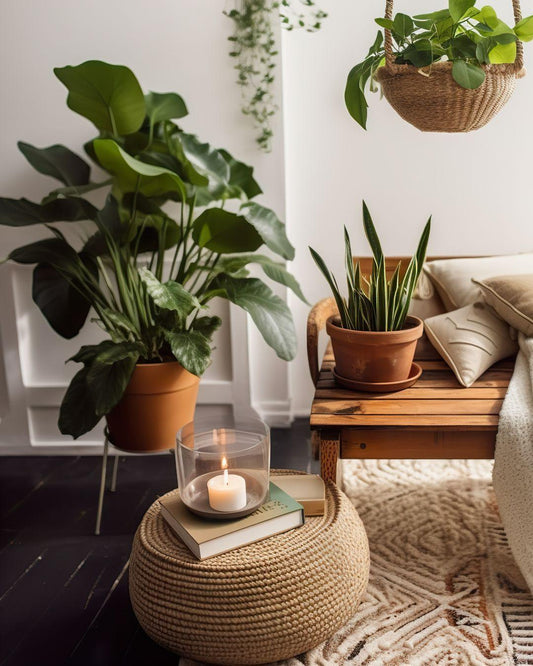
Do you know why your plants die?
Houseplants are more delicate than you think. Although they are called “houseplants,” they are actually tropical and subtropical plants that require conditions similar to their natural environments. If you've ever...
Do you know why your plants die?
Houseplants are more delicate than you think. Although they are called “houseplants,” they are actually tropical and subtropical plants that require conditions similar to their natural environments. If you've ever...
-
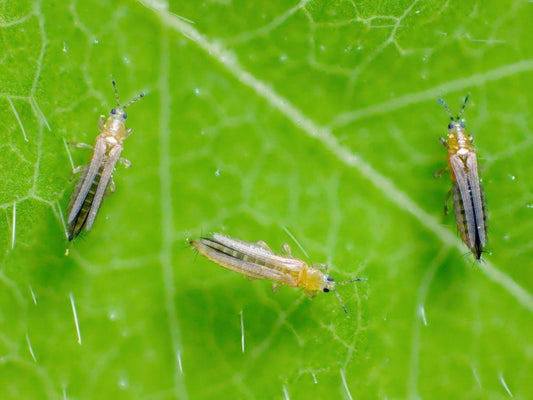
Thrips on houseplants
What they are and how to fight them Thrips can pose a significant threat to houseplants. Although they are not among the most common pests, they can become aggressive under...
Thrips on houseplants
What they are and how to fight them Thrips can pose a significant threat to houseplants. Although they are not among the most common pests, they can become aggressive under...







